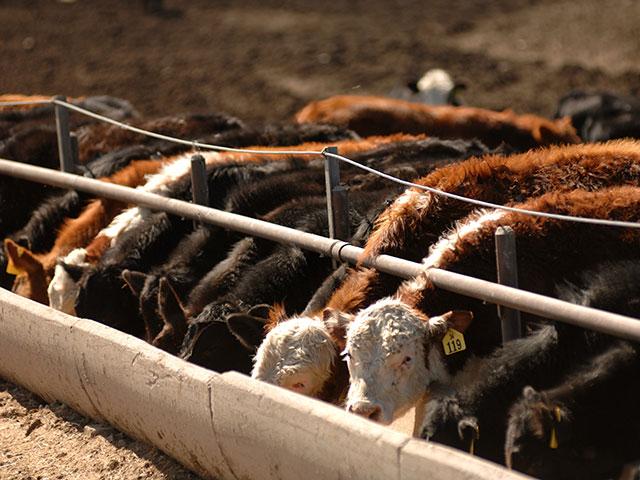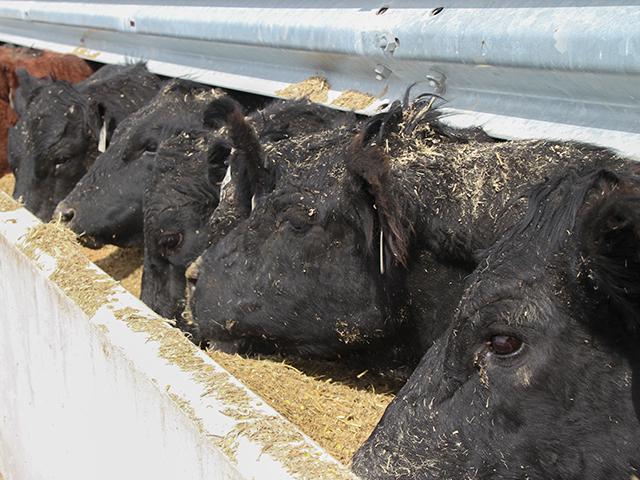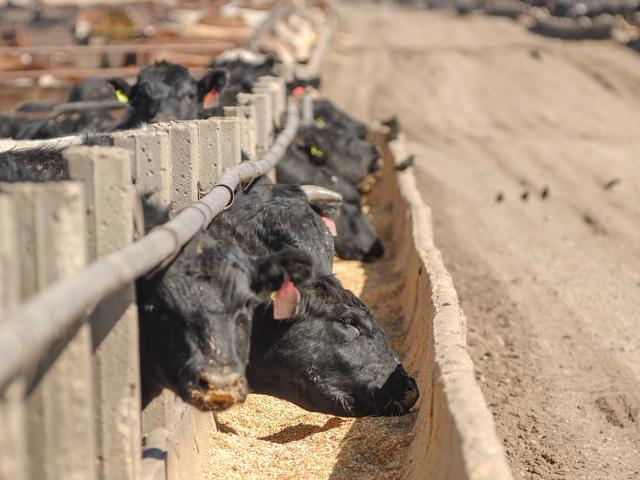
It's almost presumed that with high prices should come ease and comfort. But that's far from what the cattle complex has seen lately, as nervousness has crept into the futures complex and there's an added level of volatility thanks to the market's historically high prices.






















